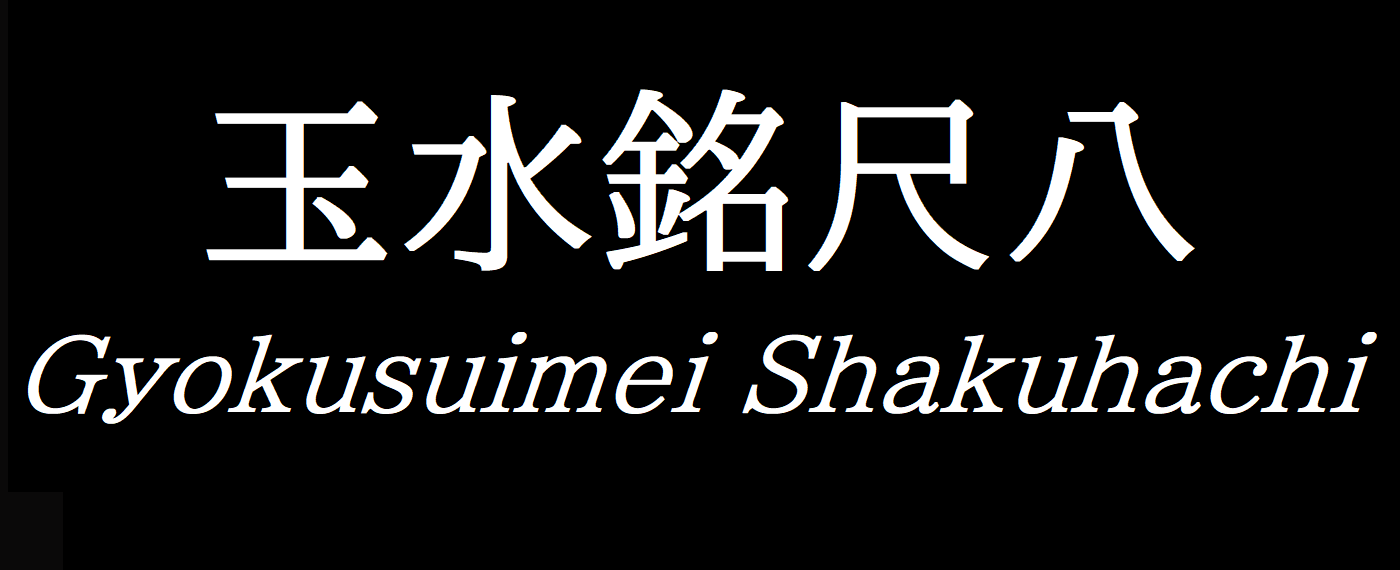Jinashi vs Jiari Shakuhachi
Two most popular types of Shakuhachi are Jinashi and Jiari. It is often thought that there is only a simple difference between the two. One is with and the other is without “Ji”. It is technically correct, but these two types of Shakuhachi are developed from completely different mindsets.
The history of Jinashi Shakuhachi goes back much further. It was used by Komuso(虚無僧), the Fuke ascetic monks, from one of the Zen sects of Buddhism. 
They used Jinashi Shakuhachi as a tool for their religious practice, Suizen(吹禅:playing Shakuhachi instead of chanting prayers)and for Takuhatsu(托鉢:begging for food and money for living). It was unnecessary to tune Jinashi Shakuhachi for a musical purpose so they were basically blowing on a natural piece of bamboo. The sound must have been fairly uncontrollable and had extreme fluctuations in tone and color due to the complex air movements caused by the wild inner nodes. Then along with the steep taper to the root of the bamboo these style of shakuhachi were quite difficult to master. So, when playing Koten-Honkyoku(古典本曲)it makes perfect sense to use a similar style of flute that the Komuso used while doing their religious practice.
On the other hand, Jiari Shakuhachi was made to play with other musical instruments. Ji is put on the inside of the Shakuhachi to level the inner nodes and is tuned carefully so that it doesn’t make any unexpected sounds that would stand out in ensembles.
Therefore I have more freedom to follow the bamboo when I make Jinashi Shakuhachi. I always take advantage of the stress naturally existing in the bamboo given by nature. I focus on creating balance between each and every note. I also design an ancillary pitch so that sound exists at two different places and provides a contrast in each note. I deeply focus on that natural element of the bamboo. I find that makes the sounds of Jinashi Shakuhachi even more intriguing to make, learn, study and explore.
